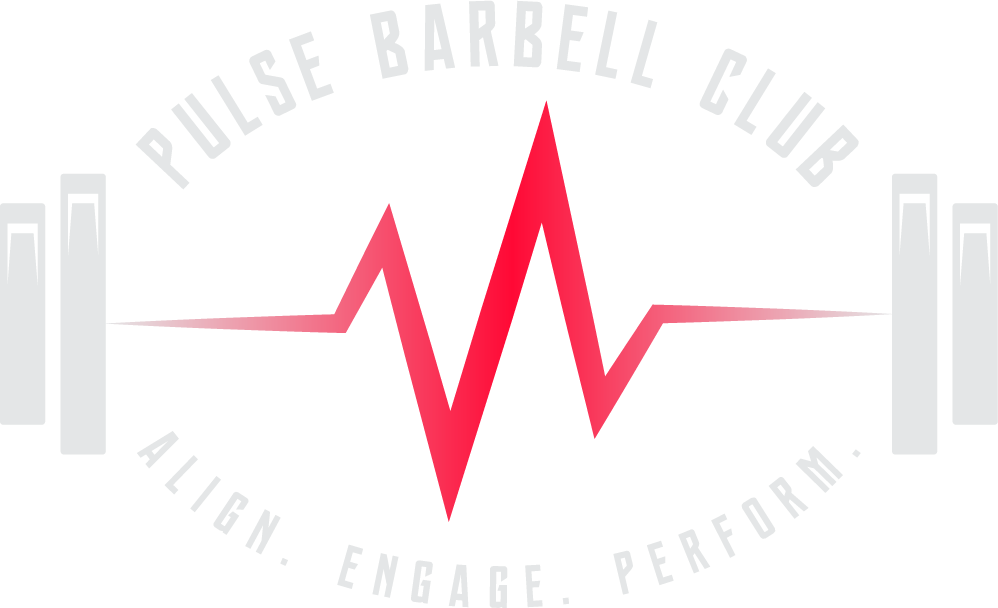My Nutritional Framework
As the brief intro may have eluded, this post will not be diving into various nutrition diets, fads, or speculation. My goal is to simply break down the three basic “levers” of nutrition which may assist you in creating more personal nutrition habits.
First, let’s recognize that all dieting practices can be distilled down to these three levers: CR, DR, TR. You’re probably wondering what the hell does that mean? Well, within the carousel of images attached below I provide detailed visuals describing these acronyms, however I’ll explain here with more detail. CR stands for calorie restriction, which plays a major role in many weight loss + nutrition programs. Consider this “how much” you eat, or in other words, the total amount of calories consumed per day. As we know, calories eaten vs. calories burned determines whether we’re losing or gaining weight, so it makes sense why this is used. Next we have DR, or dietary restriction. This is “what” you eat and may include food elimination diets which remove a specific macro, or even just a type of food (keto/ atkins/ vegan/ non-dairy/ no added sugar, to name a few). The rational behind this concept varies the most, as there are SO many different reasons for changing our eating patterns. Some examples could be food insensitivities/allergies, cleanses, metabolic conditions, religious choices, moral reasons, the list goes on! Last (but certainly not least) we have TR, or time restriction. Time restriction is a hot topic these days which refers to “when” you eat and considers the idea of being mindful by creating a timeframe for your daily eating. Although it’s technically a misnomer because it doesn’t meet any metabolic criteria for a fast, “intermittent fasting” may fit into this category, alongside alternate-day fasting + short or long-term fasts (1-10 days). Let’s remember though that time restriction could simply mean not eating after 8pm, or skipping breakfast!
So, the next question is how can this framework help you? Without knowing you and understanding your situation personally, I can’t make any specific recommendations (unless you become my client by signing up here). However, try using these simple tips to start understanding what might work best for you. I’ll start by listing my three rules to live by when considering which lever(s) to pull, then I’ll highlight any tips/tricks I may have to help make your decision.
NOTE: Please refer to my diagrams for a better understanding of these rules.
Rule # 1: Always pull one lever
Rule # 2: Often pull two levers
Rule # 3: Sometimes pull three levers (yes! that means some type of fast- can be as short as 1 day and has many great health benefits!
*Tips and tricks:
In my experience, if you’re looking to lose fat, choosing to focus on TR and DR have been very effective. This scenario accomplishes two things: elimination of mindless eating by setting the ground rules for when you eat, and developing better control over what you eat by replacing empty calorie choices with nutrient dense + protein packed meals! This combination seems to work well psychologically, as some individuals may get overwhelmed at the thought of tracking calories.
If you’re a competitive athlete looking to maintain, gain, or lose weight for a competitive event, I highly recommend using CR as your starting point, and pulling the other two levers when needed. Having a close grip on your calorie intake and a basic bodyweight measurement will enable you to make ongoing tweaks in overall food consumption to ensure optimal performance.
“The best nutrition plan is the one you stick to.” I’ll never get sick of this line, and for good reason! Often times, what looks great on paper, might not be so practical. It’s easy to get motivated and create an overly-optimistic nutrition plan, only to follow it just a few days before throwing in the towel. One of the first questions I ask new clients is “what does your schedule look like?” Depending on the answer, we must design the best fit program for any constraints we may be faced with. The point of my framework is to give you some oversight into how to view nutrition, not to tell exactly what to do. Consider all of these levers, rules, and tips as a guide for creating the most sustainable plan for YOU!
Lastly, I’ll say this: no matter which levers you decide to pull, you’ll want to consider some level of meal prepping. Staying on top of what you’re eating and planning ahead will greatly increase your chances of success.
If you have any specific questions, please message me directly and I’ll be happy to help. Use the attached pictures and have fun tweaking your nutrition!



